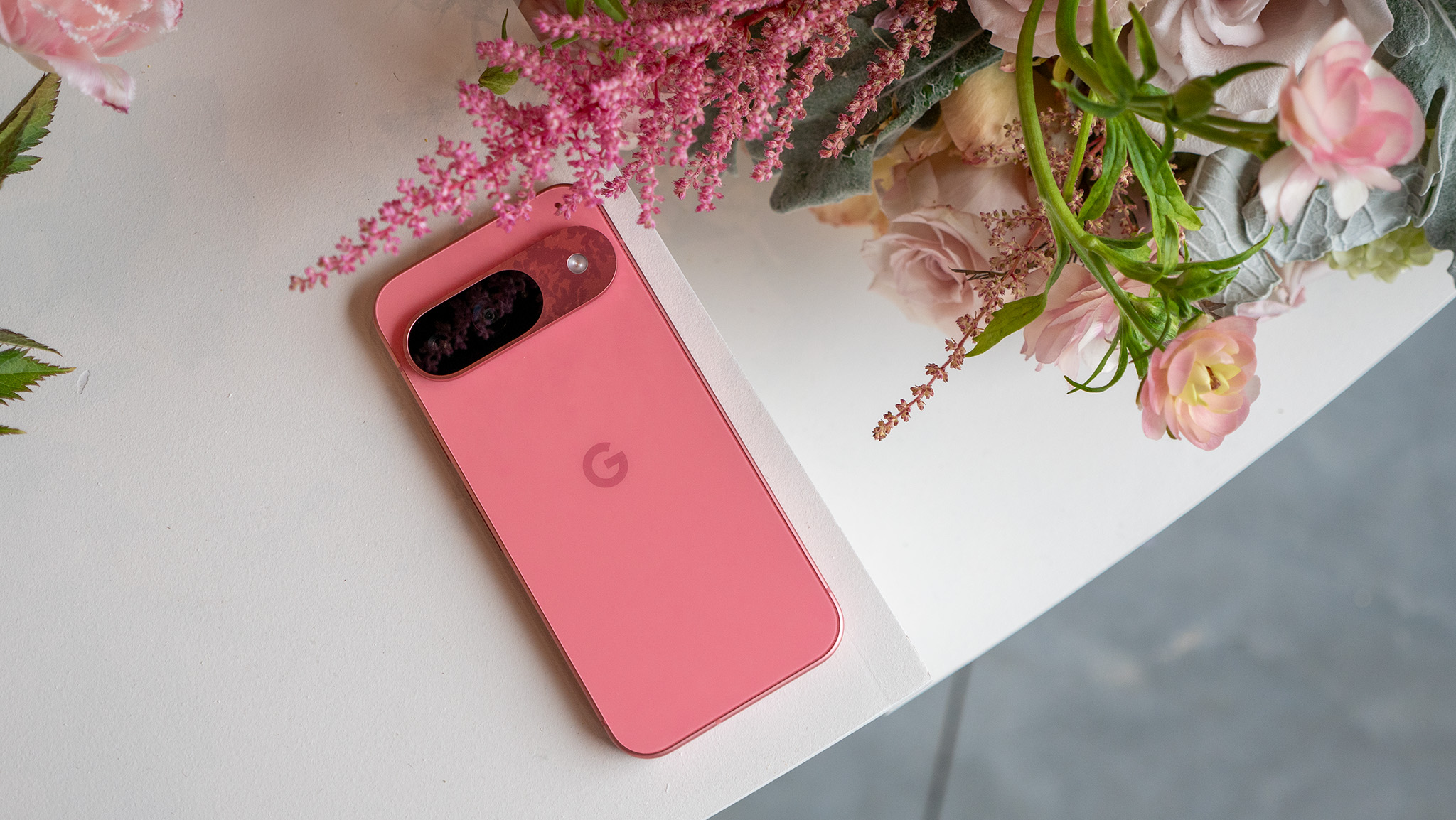Honor 8 Pro review: Killer flagship
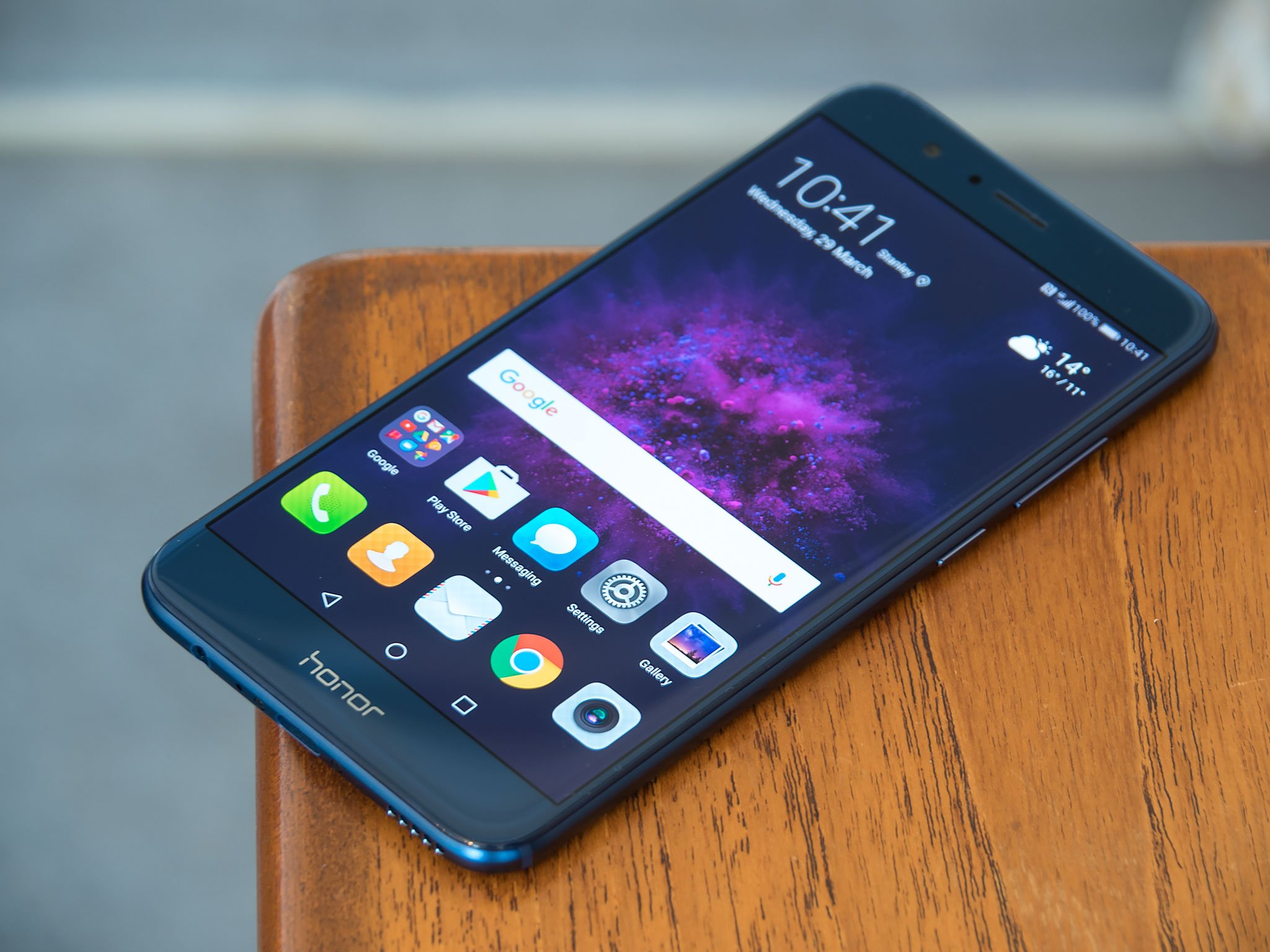
The quick take
Honor's biggest, highest-end handset is a supersized, supercharged version of one of our favorite affordable flagships of the past year, offering a gorgeous design, speedy performance and legendary battery life for less money than you'd expect to pay.
The Good
- Speedy performance
- Slim, stylish metal chassis
- Epic battery life
- Good value at £475 price point
The Bad
- EMUI will still be too customized for some
- No on-contract buying options

Honor 8 Pro Full Review
The €400/$400 price point is where we've seen some of the most exciting phones of recent times, bringing about the rise of brands like OnePlus and Honor. These two in particular have promised — and often delivered — powerful hardware and eye-catching designs for half of the cost of top-tier devices. Last year the Honor 8 emerged as a decent bet for anyone wanting a lot of phone for not a lot of money — but in many ways it was still a mid-range phone.
So what would happen if you took the DNA of the Honor 8 and applied it to a larger, flagship tier product. Well, you'd get this: the Honor 8 Pro.
It's a bigger, higher-specced, metal-clad version of the Honor 8, with an enormous battery and new software based on EMUI 5.1 and Android 7.0 Nougat. It's going on sale at a SIM-free launch price of £475 — higher than previous Honor phones, but still comfortably within that "affordable flagship" ballpark.
And you know what? It's actually really good.
Get the latest news from Android Central, your trusted companion in the world of Android
About this review
We're publishing this review after six days with a dual-SIM European-spec Honor 8 Pro (model DUK-L09) in "navy blue" on the Vodafone UK network, in London and Manchester. Our review unit was running firmware version B120, based on EMUI 5.1 and Android 7.0, with the 1 March 2017 Android security patch.
Honor 8 Pro Video Review

Big and blue
Honor 8 Pro Hardware
After the Honor 8 flirted with a glass-backed design, the 8 Pro brings us back to a more traditional aluminum unibody — mostly a welcome change considering how slippery and scratch-prone that model was. True, an anodized paint job isn't quite as eye-catching as a reflective glass panel. But on the other hand you don't need to worry about it slowly sliding its way across flat surfaces — a notorious "feature" of the Honor 8.
While the front of the Honor 8 Pro has the appearance of a blown-up Honor 8 — right down to the branding, the shade of blue used the tapered glass edges and minimal side bezels — the back has seen a major redesign.
Honor's heftiest phone yet is big, but not unmanageable.

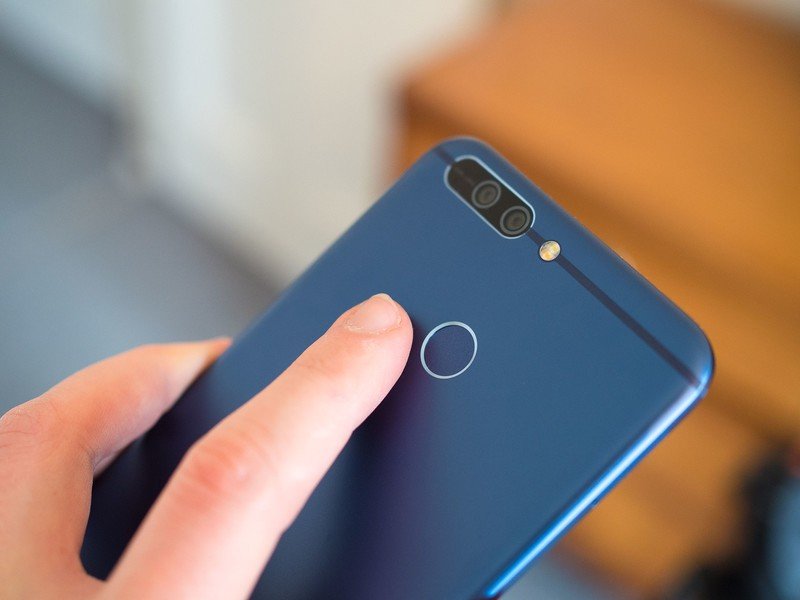

The new look is a little iPhoney, thanks to the placement of the camera module and antenna bands. However the in-hand feel is much less slippery than Apple's phone, thanks to subtly angled side walls that help with one-handed use. Admittedly, I'm used to wrangling big phones like the Mate 9 and HTC U Ultra, but I never had any difficulty using or pocketing the Honor 8 Pro. It's big, but not unmanageable.
The chassis isn't aggressively decorated, with just a few subtle chamfers around the fingerprint scanner and camera lenses, which sit flush with the back of the phone. The design is stylish and uncomplicated, and so most of the personality of this phone comes from its color — a deep blue that's tough to bring out in photos and video, but which looks fantastic in the flesh.
The 8 Pro benefits from a stylish, uncomplicated look and an eye-catching deep blue finish.
Back around the front, the Honor 8 Pro boasts a 5.7-inch Quad HD (2560x1440) IPS LCD display, the biggest we've seen in an Honor phone to date — a panel which I guess technically makes it a phablet, if you insist on using that word. The display is bright and vivid, beating the OnePlus 3T in daylight visibility as well as pixel density. And colors are vibrant, without appearing over-saturated, with no noticeable ghosting or overtly unbalanced hues. (Should you want to tweak things further, there's a white balance option available.)
Overall, it's comparable to the slightly smaller Quad HD panel Huawei uses in the P10 Plus, a handset which sells for around £200 more. (Only — and I have to mention this — unlike that phone, Honor actually gives you an oleophobic coating on the display.)
When it comes to audio, there's a headphone jack down below (lookin' at you, HTC), supported by a single bottom-firing speaker, which gets the job done in terms of volume, but is prone to distortion at higher volume levels.



Other internals? You're looking at Huawei's latest and greatest SoC, the Kirin 960, with a whopping 6GB of RAM, 64GB of storage plus microSD — handled via the hybrid slot, which can take either a second SIM or an SD card. Almost everything about the Honor 8 has been stepped up a notch or two, and nowhere is that more evident than in the battery, which is an enormous 4,000mAh cell. That's an impressive capacity for a phone measuring a hair under 7mm, with relatively slim bezels.
Sure, there's no water resistance, and we'll talk about cameras later... but basically everything else on the spec sheet is as high-end as you'll find in any Android flagship right now.
Honor 8 Pro specs
| Category | Specification |
|---|---|
| Operating System | Android 7.0 EMUI 5.1 |
| CPU | Huawei Kirin 960 4X Cortex-A73 + 4X Cortex-A53, Mali-G71 GPU |
| RAM | 6GB |
| Display | 5.7-inch 2560x1440 (Quad HD) IPS LCD |
| Speaker | Single bottom-firing |
| Storage | 64GB + microSD (uses SIM slot 2) |
| Dual-SIM | Yes |
| Rear camera | 12MP + 12MP, 1.25-micron pixels, f/2.2 4K video |
| Front camera | 8MP f/2.0 |
| Battery | 4,000mAh non-removable |
| Charging | USB Type-C, 9V/2A quick charging |
| Dimensions | 157 x 77.5 x 6.97 mm |
| Weight | 184 grams |
Considering the spec sheet, it shouldn't be surprising to hear that this thing absolutely flies — partly thanks to some of the optimizations in Huawei's new EMUI 5.1.

EMUI 5.1
Honor 8 Pro Software
In the last round of Honor phone launches we were still bemoaning the old EMUI 4.1, based on Marshmallow, which was the last vestige of the truly bad Huawei software. Since then we've been treated to the significantly improved EMUI 5, with the Honor 8 having received an update to that version in recent weeks.
EMUI 5.1 builds on that foundation, mainly adding low-level optimizations to what was already a stable and fast software setup. The new point release is still based on Android 7.0, not the newer 7.1.x, which is a little disappointing, but in reality you're not missing out on much in the way of user-facing features.


EMUI actually looks okay these days, and version 5.1 tunes up performance even further.
In any case, when you combine that with a proven CPU and 6 gigs of RAM, you've got a phone that's lightning fast. I don't think I saw a single app being unexpectedly bumped out of memory throughout my entire time with the phone, and everything from browsing desktop sites to multitasking and fast app-switching was handled without any noticeable slowdown whatsoever. While OnePlus's OxygenOS may be a better fit for fans of stock Android, you can't argue that the Honor 8 Pro isn't every bit as fast in day-to-day use.
The new version of EMUI also benefits from the complete facelift that came in EMUI 5 — more details in our Mate 9 review —making it much easier on the eyes than older phones running version 4 of the software. The notification area now works the way Google intended, and EMUI isn't as aggressive at customizing your app icons anymore. There are still plenty of iOS influences here, mostly in the launcher, but elsewhere Huawei has settled into a cool blue-and-white color palette, and it works pretty well.
And finally, finally, it's possible to add an app drawer to the stock EMUI launcher, instead of viewing all your apps on your home screens — another change first introduced in EMUI 5.
The features that were useful back in the days of the Honor 7 and Honor 8 have stuck around, including the wealth of theming options — dig around in the Themes app to find wallpapers and icons from other Huawei phones — and power controls to help you eke even more out of the 8 Pro's massive cell. And if you use different profiles across WhatsApp, WeChat and Facebook, you'll appreciate the twin app feature, which lets you use multiple instances of those apps.
While Huawei has trimmed the fat, the useful parts of EMUI have been left intact.
One of the few user-facing features in EMUI 5.1 is video highlights in the Gallery app, developed in conjunction with GoPro. First seen on the Huawei P10, this lets you assemble your own short highlight reels and match them, beat-for-beat, with your own music, or a selection of built-in tracks. It's a feature we've been seeing in various forms since the days of the HTC One M7, and while it's hardly unique (Google Photos offers a similar video-maker), the fact that it's built into the stock Gallery app is an added convenience.
The 8 Pro is the first Honor phone of the EMUI 5 era, and that's hugely important, making the out-of-box experience the most polished of any of the brand's phones to date. It's an important milestone for Honor, and one that does away with many of the pain points we've criticised in earlier models.
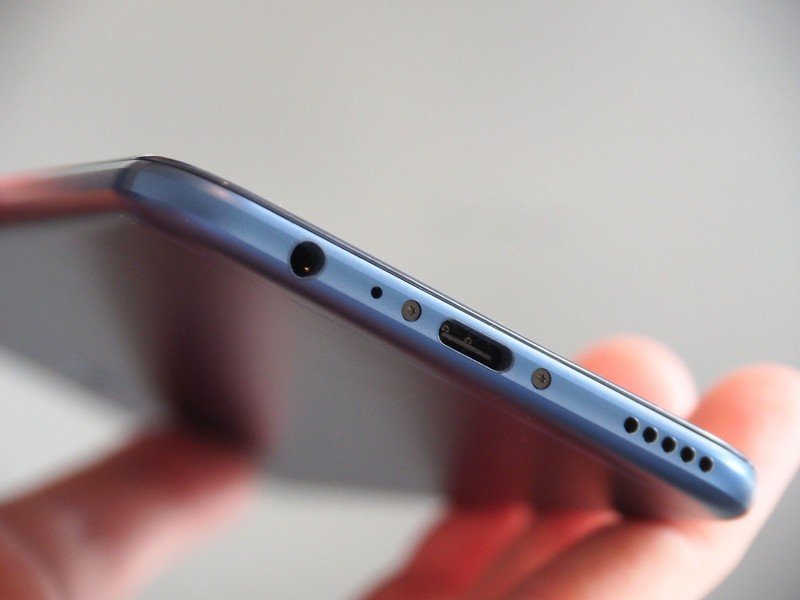
Epic longevity
Honor 8 Pro Battery Life
Honor has somehow crammed a 4,000mAh cell into a relatively compact handset, and as the numbers would suggest, that makes the 8 Pro an extremely dependable performer, even with heavy use.
The Honor 8 Pro matches the Huawei Mate 9's strong battery life.
With my normal usage patterns, hopping between Wi-Fi and LTE throughout the day, with continuous web and social app use, the Honor 8 Pro routinely had me finishing the day with more than 50 percent in the tank. That's on par with what I've gotten out of the Huawei Mate 9 in the past, so it seems the increased screen resolution balances out the slight reduction in screen size.
Either way, you're going to need to push this thing hard in order to kill it off in less than a full day.
Unfortunately, the Honor 8 Pro doesn't support Huawei's latest Super Charging tech, for ludicrously fast top-ups — connecting a SuperCharger to the phone just charges at normal speeds. But you do at least get 9V/2A fast charging from the bundled charging brick, which is still reasonably quick.

The same, but different
Honor 8 Pro Cameras
The camera hardware hasn't changed a whole lot since the Honor 8, with dual 12MP cameras around the back, behind f/2.2 lenses with a laser autofocus module — now hidden off to the left. As before, the phone combines one full color (RGB) sensor with another monochrome sensor for improved contrast and detail in challenging lighting conditions.
But don't let those hardware similarities fool you — the Honor 8 Pro absolutely takes better photos than the 8, particularly in low light.
If there was ever an example of how processing is just as important as optics in a phone camera, this is it.
It does that thanks to the beefier CPU and ISP (image signal processor), and new image processing software to take advantage of it. If there was ever an example of how processing is just as important as optics in a phone camera, this is it. The Honor 8 Pro has the same excellent dynamic range as many other Huawei-built cameras, along with fun extras like low-depth-of-field effects that we've seen before. There's also a highly capable manual shooting mode which, with a little stabilization, can produce excellent long exposures in darker conditions.
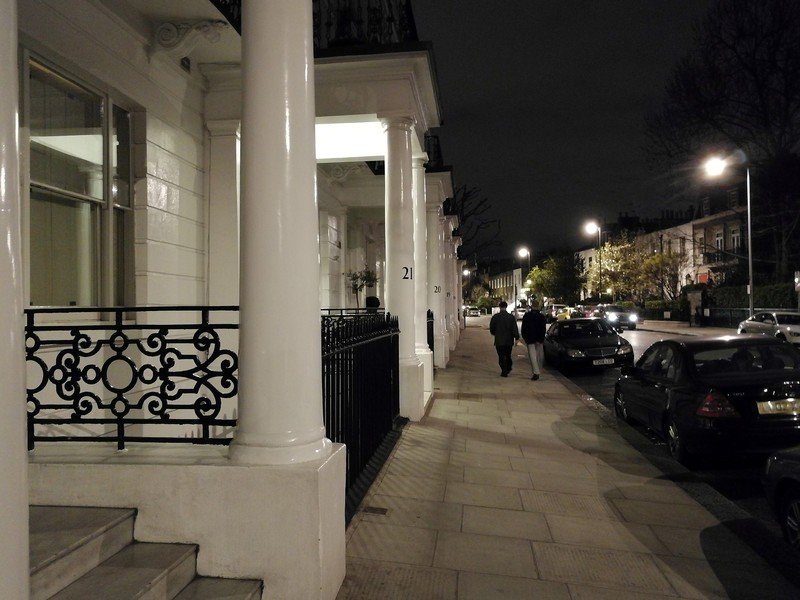
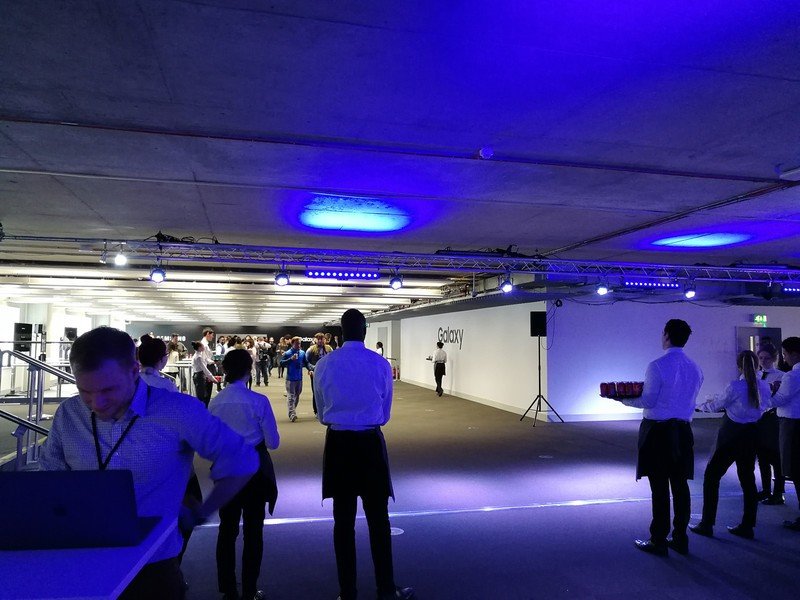














Daylight shots come close to the quality we've seen from higher-end Huawei cameras like the Mate 9 and P10, though with slightly reduced shadow details and more susceptibility to blurring from hand motion. The latter's not surprising given the lack of OIS — optical image stabilization — in the Honor 8 Pro's cameras. Similarly, there's a pronounced graininess to many night-time shots that you won't notice on optically stabilized competitors.
Meanwhile, around the front, the 8-megapixel front camera of the Honor 8 gets a low-light boost with a brighter f/2.0 lens — though don't expect to see a huge improvement in image quality from night-time selfies.
It's easy to point to the cameras as an area where the inevitable compromises of the Honor 8 Pro's £475 start to creep in. And sure, low-light performance doesn't reach the dizzy heights of the Pixel or the G6. But for a phone at this price point, the Honor 8 Pro does a fantastic job.

The Bottom Line
Should you buy the Honor 8 Pro? Yes
Past Honor phones have been pretty good for the money. When we reviewed the Honor 8 last year, there were major caveats around the software, which inherited some of the bugs and general weirdness of EMUI at the time.
Previous Honor phones were great for the money; the 8 Pro is just a great phone, period.
The difference with the Honor 8 Pro is that it's just a great phone, without the need for any qualifiers. Between the fantastic performance and battery life, the surprisingly good camera and the maturity of EMUI 5.1, this is a phone that I can absolutely recommend.
The £100 premium you'll pay over the Honor 8 delivers upgrades across the spec sheet, bringing you up to speed with other high-end Android phones of 2017.
The comparison with the OnePlus 3T is less cut-and-dry. For many, OnePlus's clean, stock Android-ish software may seal the deal. Or they may simply prefer the smaller size of the 3T. In this case, it's more a question of priorities, with Honor taking the lead on display quality and battery life.
The affordable flagship segment is more diverse and exciting than ever, and the Honor 8 Pro is a fantastic option for anyone looking for a premium phone without dropping a ridiculous amount of cash.
The Honor 8 Pro goes up for pre-order April 5, ahead of general availability on April 20. The UK price is £475, however there's no word on any U.S. release plans at present.

Alex was with Android Central for over a decade, producing written and video content for the site, and served as global Executive Editor from 2016 to 2022.


